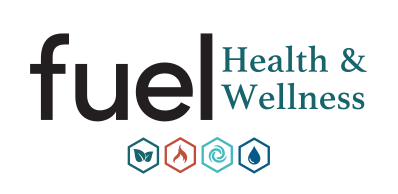What Is Dry Needling?
Dry needling is a treatment technique which uses thin monofilament needles. During treatment a clinician trained in dry needling inserts a needle into a trigger point in the muscle and a localized twitch response occurs which causes a neuromuscular reset in order to restore the body system back to its optimal function.
Is dry needling the same as acupuncture?
Dry needling uses similar needles as acupuncture. However, the theory behind it is completely different. Acupuncture is based on traditional Chinese medicine while dry needling is based on western medicine. Dry needling targets trigger points in muscles and specific muscular motor patterns in order to restore optimal movement patterns.
Why is it called “dry needling”?
The term dry needling is used because there is no fluid injected through the needle. This affords the needle to be much smaller and causes less damage to the tissues it travels through.
What to expect in a treatment session
- The area of the body being treated will be wiped using an alcohol wipe.
- A needle with a tube around it will then be placed on the treatment site. With one tap on the top of the tube the needle will be inserted past the top layer of skin.
- The clinician will then push the needle into the targeted tissue.
- The needle can either be threaded in and out a few times or can have electrical stimulation applied to the needle or both. The threading is attempting to get a twitch response and the electrical stimulation promotes a repeated muscle contraction. Both help with increased blood flow and returning the normal neural activation of the tissue.
Is it painful?
One may feel a slight poke with the initial insertion of the needle, but most individuals don’t feel the initial insertion of the needle at all. With each twitch one may feel an ache in the muscle. In general dry needling is less painful than rolling out a muscle and works more efficiently.
Who would benefit from it?
Dry needling can be helpful to almost every person.
A few testimonies:
“I went in for some specials. Explained I had migraines pretty constantly. Dr. Eric suggested dry needling. I tried it and after 2 sessions I was doing 100 percent better! Now just going back for maintenance! Totally recommend!”
“Dr Broadworth and team was so helpful in my chronic back pain. I saw an add on-line, was sick of being tense and stiff all the time and reached out. After 5 sessions, I feel great. Dry needling, tissue work and exercises to do at home was the winning combination. Responsive and texts following up with my progress. Don’t hesitate, give them a try. I will be back with any issues in the future.”
“Dr. Broadworth was professional and helpful. He resolved my pain very quickly by using dry needling. It was a new experience for me but Eric made it comfortable and easy. He got me back on my bike in no time. I highly recommend Fuel for your physical therapy needs.”
Some top injuries it can help with are: tennis elbow, golfer’s elbow, patellofemoral syndrome, numbness/tingling into hands, headaches, neck pain, low back pain, achilles pain, and trigger points in muscles almost anywhere.
A few populations who cannot have dry needling done are: those who have had a recent surgery (within 6-12 weeks), those who are in their 1st trimester of pregnancy, and those who have cancer.
Is it safe?
Dry needling is extremely safe. A clinician who performs dry needling will have levels of certifications which allows them to needle more advanced muscles. The largest risk is pneumothorax which is a punctured lung. However, it is a very low risk and every precaution is taken by the clinicians and the techniques used to prevent that from happening.
Resources:
Johnson K. On pins and needles: Just what is dry needling? Mayo Clinic Health System. https://www.mayoclinichealthsystem.org/hometown-health/speaking-of-health/on-pins-and-needles-just-what-is-dry-needling. Published January 6, 2017. Accessed January 5, 2022.
Maywhort K, Zylstra E, Niemack T. EIM Functional Dry Needling Level 1. lecture presented at the: Mountain River PT December 3, 2021.

